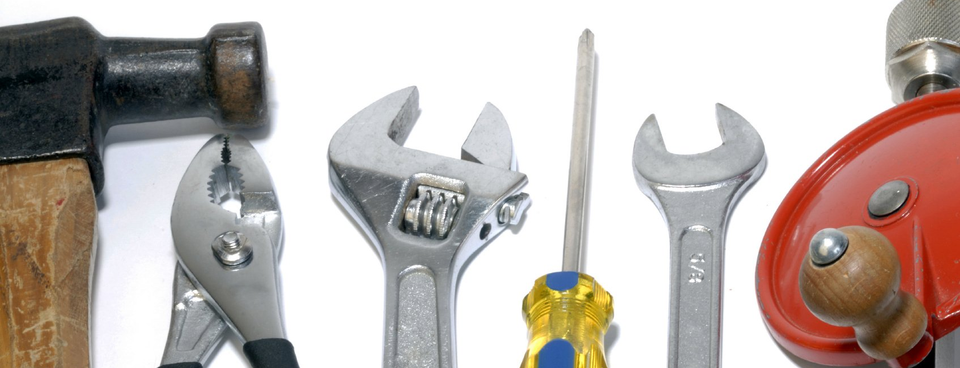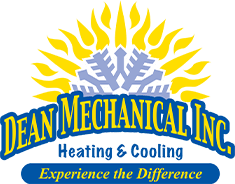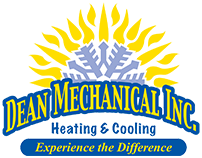Help avoid a system failure in hot or cold weather when you need it most; help ensure trouble-free operation.

ROUTINE MAINTENANCE THAT'S DESIGNED TO PREVENT THE NEED FOR MORE COSTLY REPAIRS.
Preventative maintenance (regular clean and checks) will help extend the life expectancy of your equipment and help it to perform optimally, especially when it has to work the hardest during frigid winter days or scorching summer heat.
Invest in our annual maintenance plan and you will receive the following benefits:
- Two HVAC trips per year (one for Cooling and one for Heating)
- Cost savings - $29.90 less for an Annual Maintenance Plan versus individual Clean and Checks
- Free 1" to 2" standard filters
- Same Day Priority Service for service calls
- 15% off Parts (including non-standard filters)
- Diagnostic fee ($70.00) for interim service calls is waived, when repair work is performed.
- Provided a detailed 22 point inspection report.
Please contact us if you are interested in or have questions about our Maintenance Plans.
Tips For Preventative Maintenance
With the proper attention, heating and cooling systems can keep you comfortable year-round. A yearly professional tune-up is recommended. Gas-fired equipment, on the other hand, burns cleaner and can be serviced every other year. A close inspection will uncover leaks, soot, rust, rot, corroded electrical contacts and frayed wires. In furnace (forced-air) and boiler (hot-water) systems, the inspection should also cover the chimney, ductwork or pipes, dampers or valves, blower or pump, registers or radiators, the fuel line and the gas meter or oil tank — as well as every part of the furnace or boiler itself.
Next, the system should be run through a full heating cycle to ensure that it has plenty of combustion air and chimney draft. Finally, cleaning the burner and heat exchanger to remove soot and other gunk will prevent such buildup from impeding smooth operation. For the burner, efficiency hinges on adjusting the flame to the right size and color, adjusting the flow of gas or changing the fuel filter in an oil-fired system. A check of the heat pump should include an inspection of the compressor, fan, indoor and outdoor coils and refrigerant lines. Indoor and outdoor coils should be cleaned, and the refrigerant pressure should be checked.
Blower
Tuning up the distribution side of a forced-air system starts with the blower. The bearings should be lubricated, blades cleaned and blower motor checked to insure the unit isn't being overloaded. The fan belt should be adjusted so it deflects no more than an inch when pressed. Every accessible joint in the ductwork should be sealed with mastic or UL-approved duct tapes. Any ducts that run outside the heated space should be insulated. On a hot-water system, the expansion tank should be drained, the circulating pump cleaned and lubricated and air bled out of the radiators.
Thermostat
While thermostats rarely fail outright, they can degrade over time as mechanical parts stick or lose their calibration. Older units will send faulty signals if they've been knocked out of level or have dirty switches. To recalibrate an older unit, use a wrench to adjust the nut on the back of the mercury switch until it turns the system on and, using a room thermometer, set it to the correct temperature. Modern electronic thermostats, sealed at the factory to keep out dust and grime, rarely need adjusting. However, whether your thermostat is old or young, the hole where the thermostat wire comes through the wall needs to be caulked, or a draft could trick it into thinking the room is warmer or colder than it really is.
Humidifier
A neglected in-duct humidifier can breed mildew and bacteria, not to mention add too much moisture to a house. A common mistake with humidifiers is leaving them on after the heating season ends. Don't forget to pull the plug, shut the water valve and drain the unit. A unit with a water reservoir should be drained and cleaned with white vinegar, a mix of one part chlorine bleach to eight parts water or muriatic acid. Mist-type humidifiers also require regular cleaning to remove mineral deposits.
Filters
Most houses with forced-air furnaces have a standard furnace filter made from loosely woven spun-glass fibers designed to keep it and its ductwork clean. Unfortunately, they don't improve indoor air quality. That takes a media filter, which sits in between the main return duct and the blower cabinet. Made of a deeply pleated, paper-like material, media filters are at least seven times better than a standard filter at removing dust and other particles. An upgrade to a pleated media filter will cleanse the air of everything from insecticide dust to flu viruses. Compressed, media filters are usually no wider than six inches, but the pleated material can cover up to 75 square feet when stretched out. This increased area of filtration accounts for the filter's long life, which can exceed two years. The only drawback to a media filter is its tight weave, which can restrict a furnace's ability to blow air through the house. To insure a steady, strong airflow through the house, choose a filter that matches your blower's capacity.
Duct Cleaning
A maze of heating and air conditioning ducts runs inside the walls and floors of 80 percent of American homes. As the supply ducts blow air into the rooms, return ducts inhale airborne dust and suck it back into the blower. Add moisture to this mixture and you've got a breeding ground for allergy-inducing molds, mites and bacteria. Many filters commonly used today can't keep dust and debris from streaming into the air and over time sizable accumulations can form — think dust bunnies, but bigger.
To find out if your ducts need cleaning, pull off some supply and return registers and take a look. If a new furnace is being installed, you should probably invest in a duct cleaning at the same time, because chances are the new blower will be more powerful than the old one and will stir up a lot of dust.
Professional duct cleaners tout such benefits as cleaner indoor air, longer equipment life and lower energy costs. Clean HVAC systems can also perform more efficiently, which may decrease energy costs, and last longer, reducing the need for costly replacement or repairs. Cleaning has little effect on air quality, primarily because most indoor dust drifts in from the outdoors. But it does get rid of the stuff that mold and bacteria grow on, and that means less of it gets airborne, a boon to allergy sufferers.

